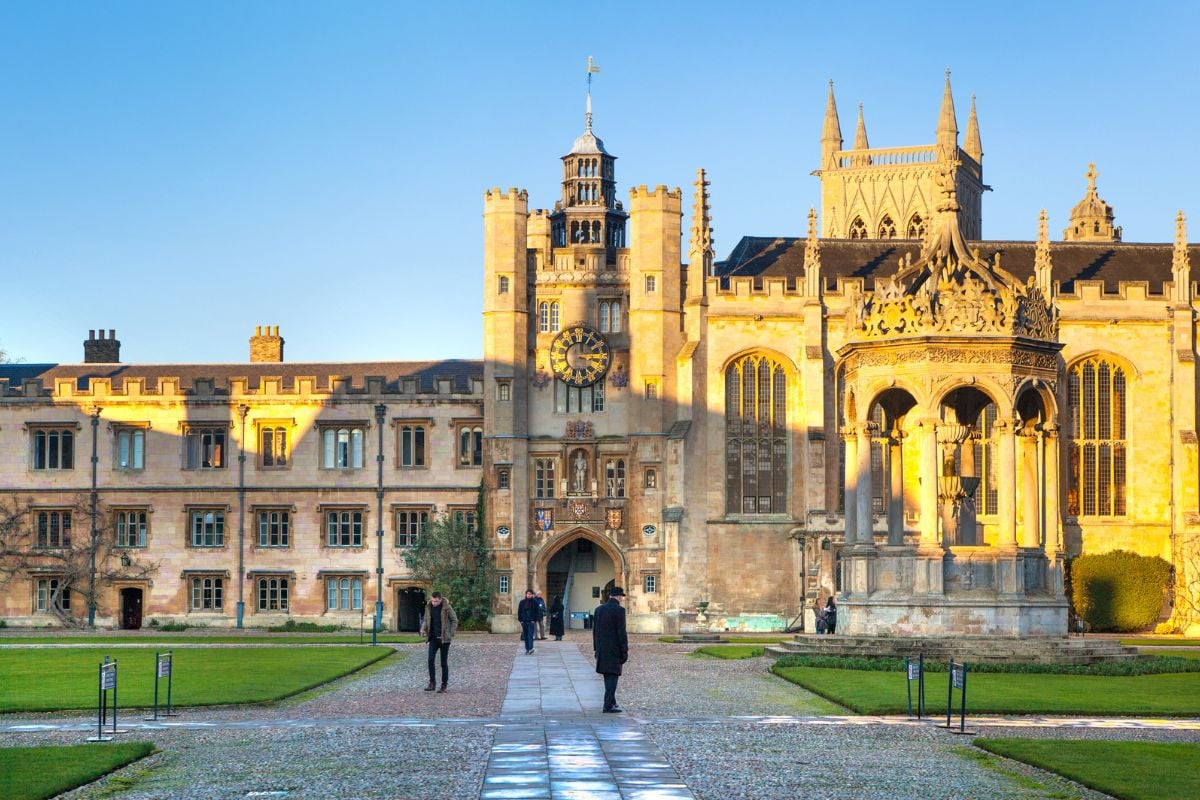


Artistic directors and creative leaders who work at organisations that receive the most funding from Arts Council England (ACE) are more than four times more likely to have attended private school than the general population, a study carried out by The Guardian has revealed.
Examining the backgrounds of leadership at the 50 organisations receiving highest levels of core funding from ACE, the paper’s analysis found that 30% of creative leaders and 36% of chief executives or executive directors went to private schools, compared with a national average of 7%.
The study, which looked at 76 leadership roles at 49 of the 50 organisations,
also found that 17.5% of artistic directors and 26% of chief executives attended university at Oxford or Cambridge, compared with less than 1% of the general population.
In response to the analysis, ACE said that it has started to track social mobility within organisations in receipt of its funding and that its data “shows clearly” that “the better off are better represented in the workforce”.
ACE added that it was “very aware” that people seeking to forge careers in the arts can face “a range of barriers”, including social class, but was confident that “progress could be made”.
The findings echo those of an impact report published earlier this month by the Creative Mentor Network (CMN) using data from DCMS that found working-class representation across the creative industries fell from 26% in 2020 to 19% in 2023.
Meanwhile a study published in November by Sutton Trust found middle-class adults under 35 were four times more likely to work in the creative industries compared with their working-class peers, with privately-educated people disproportionately occupying top roles in the sector.
The study showed that a BAFTA-nominated actor is five times more likely to have attended a private school, while 43% of prominent classical musicians went to an independent school, six times greater than average.
In response to Sutton Trust’s report, Melanie Rodrigues, CEO of Creative Access, previously said: “Addressing socio-economic barriers is a complex task, but it is business critical to nurture and progress talent from all backgrounds.
“There is a huge risk that the creative industries will lose what makes us great if we don’t embrace the myriad of stories and experiences that make up the society we live in – and that can only be achieved via a diverse and representative workforce.”
Culture Secretary Lisa Nandy said of The Guardian’s findings: “Who tells the story determines the story that is told. So if you don’t have a diverse workforce in the arts world, then too many people’s stories will be erased from our national story… As a government, we’re absolutely determined that that is going to change.”